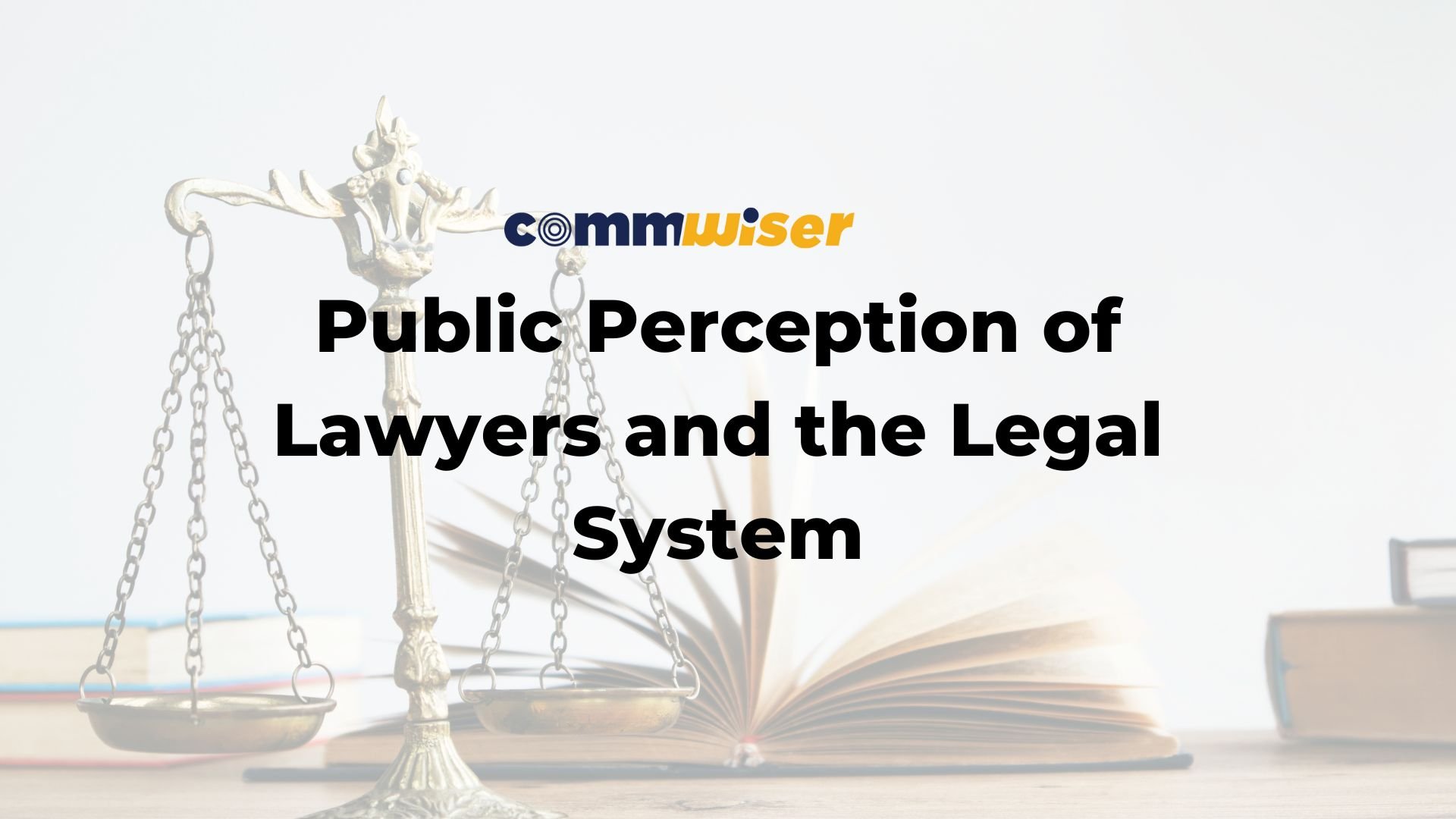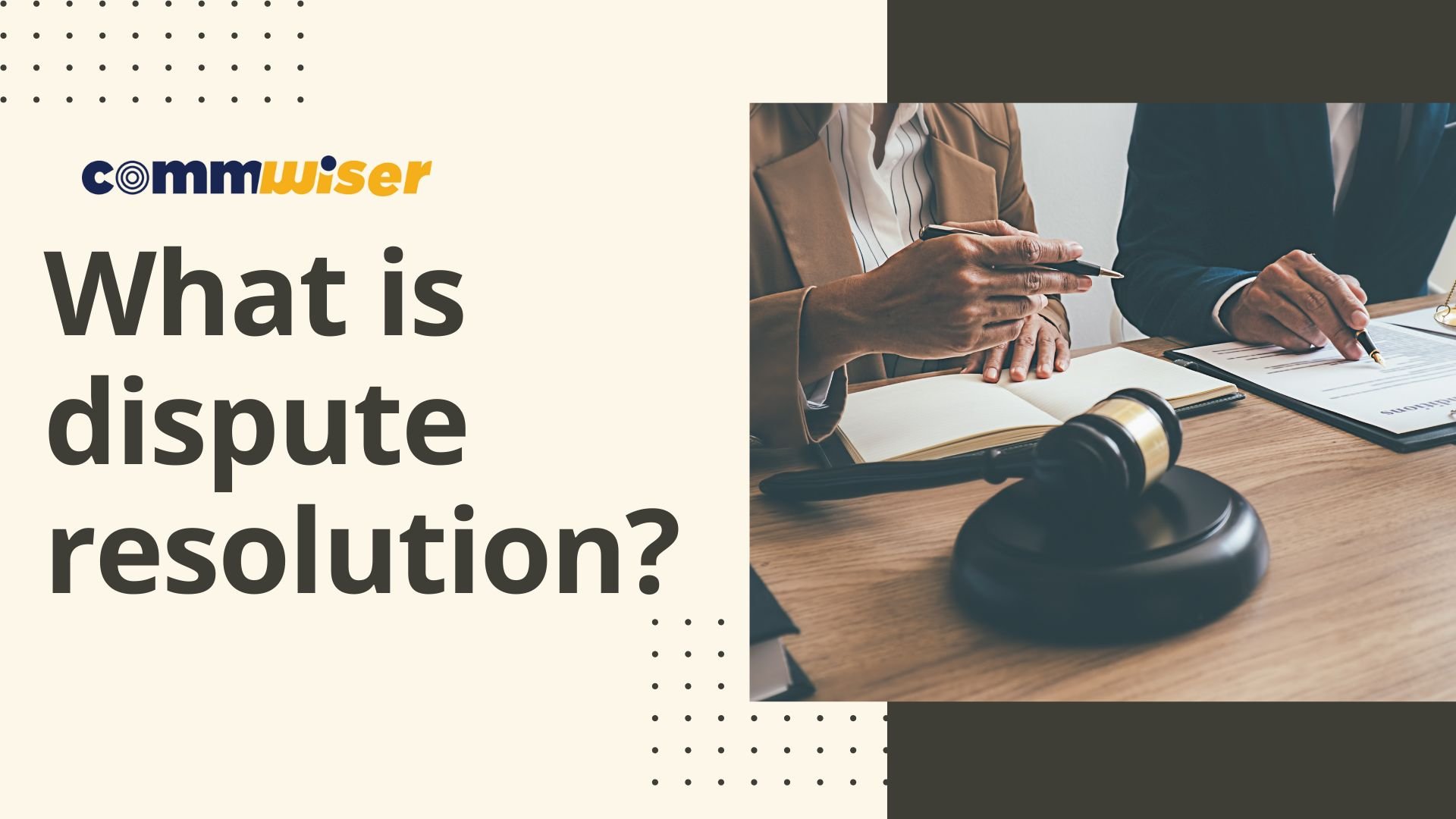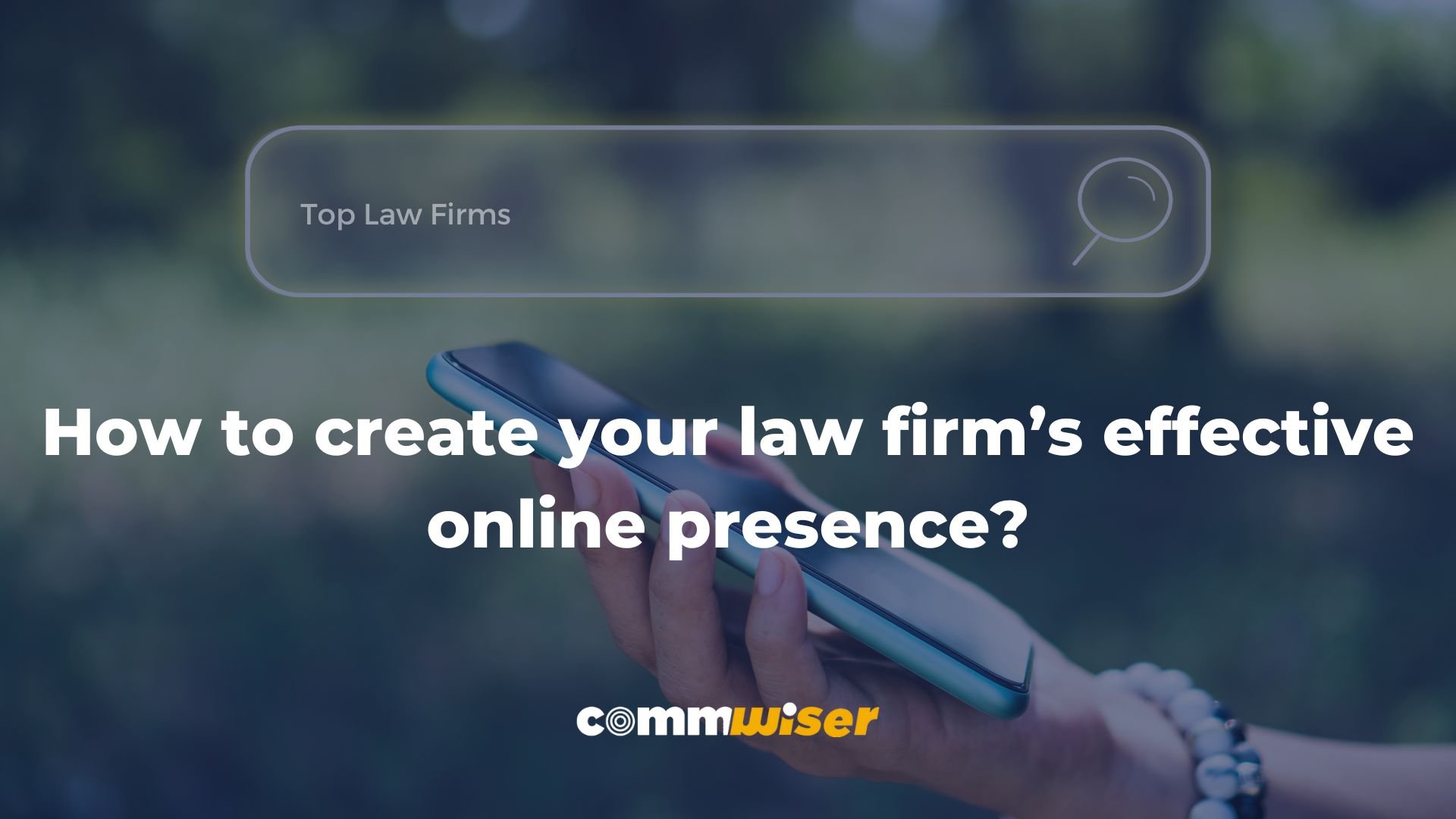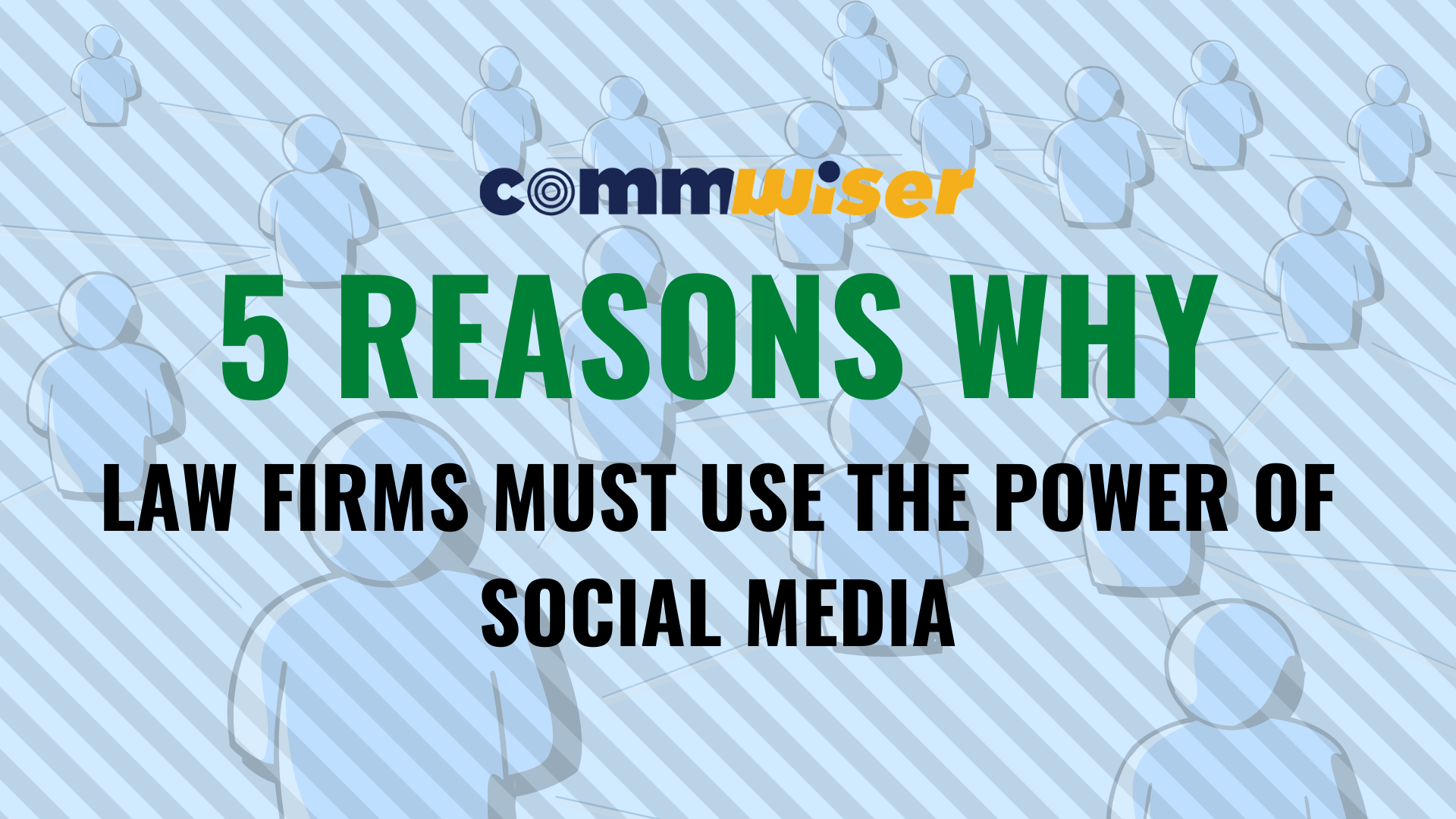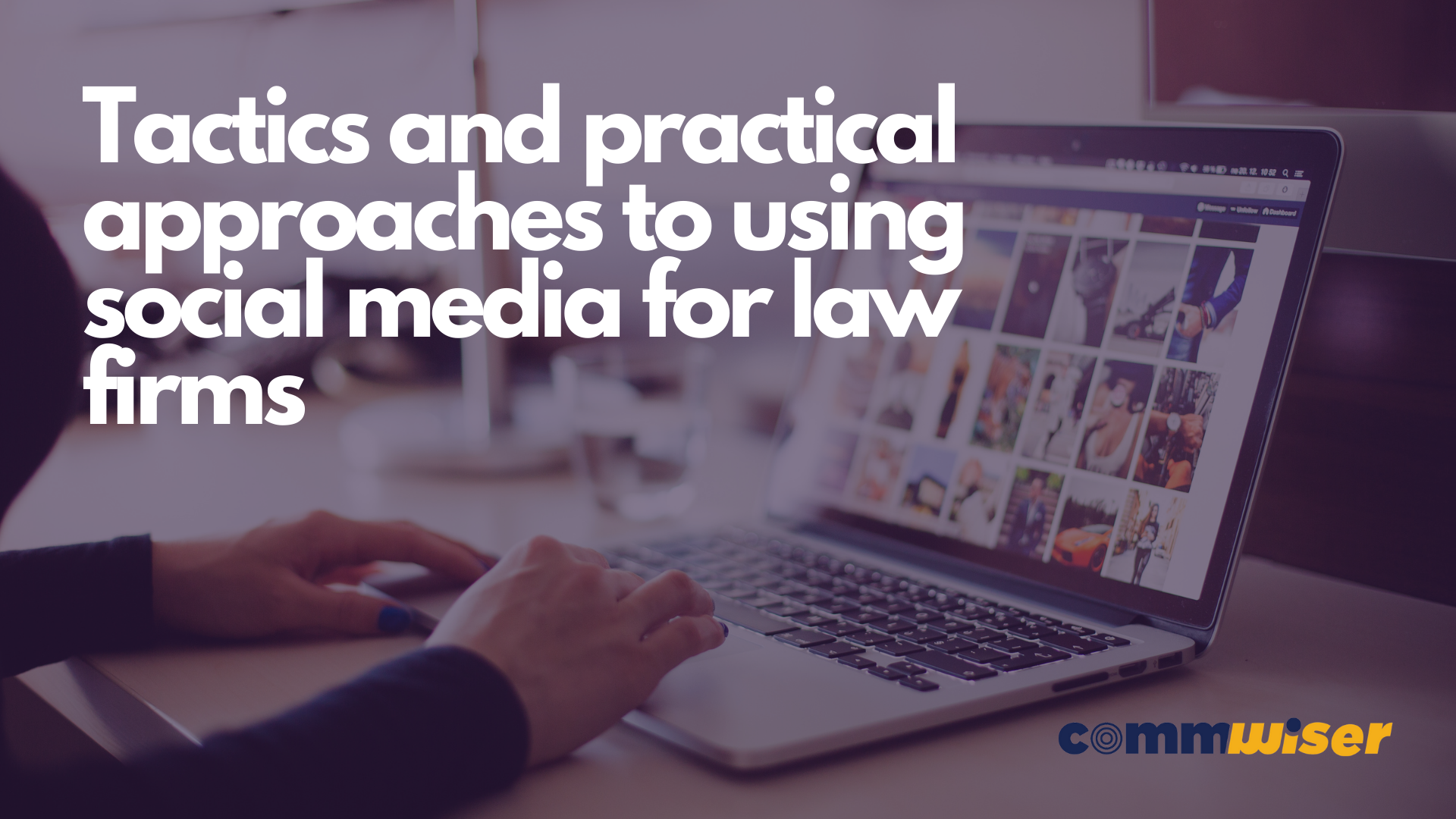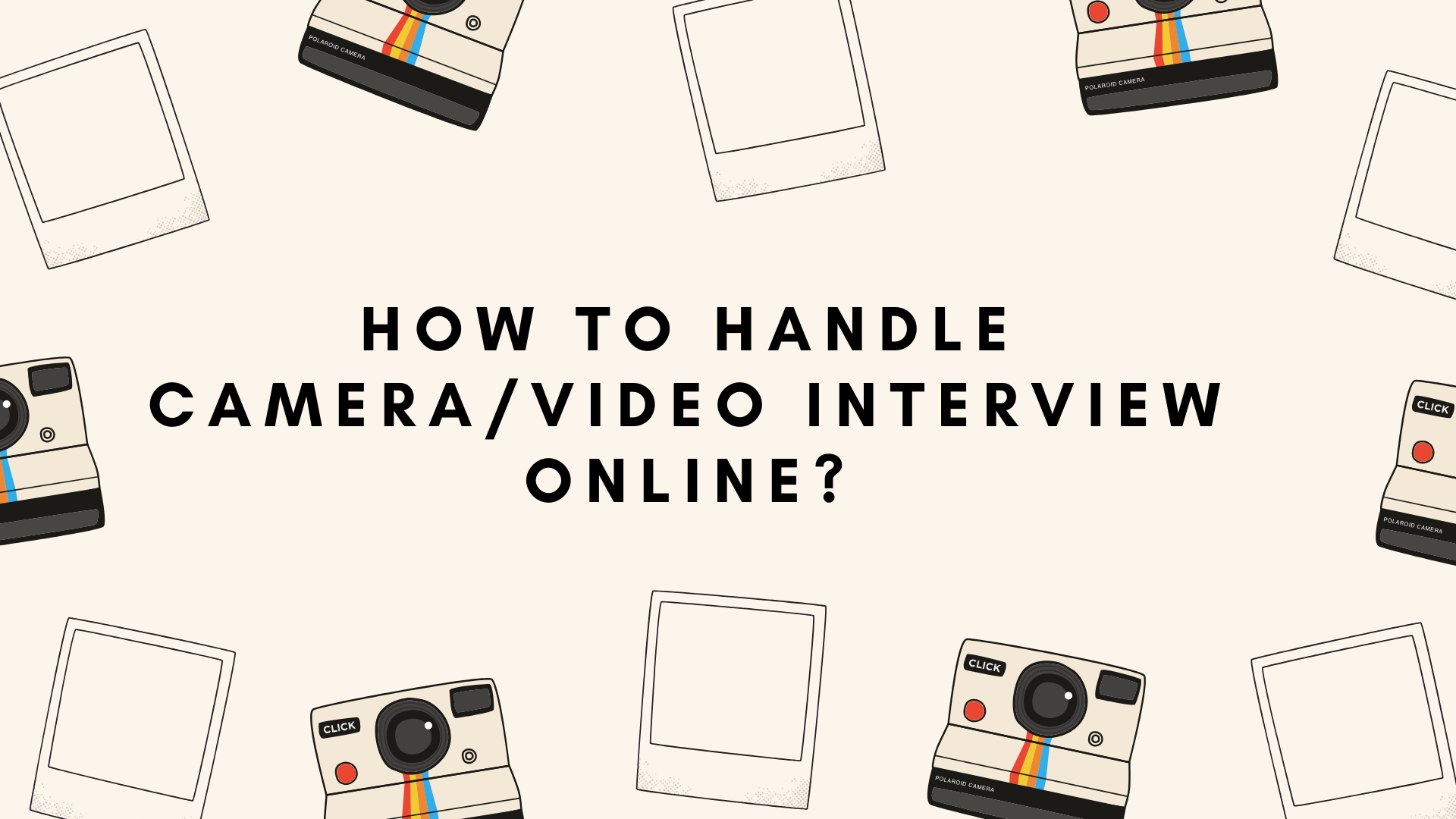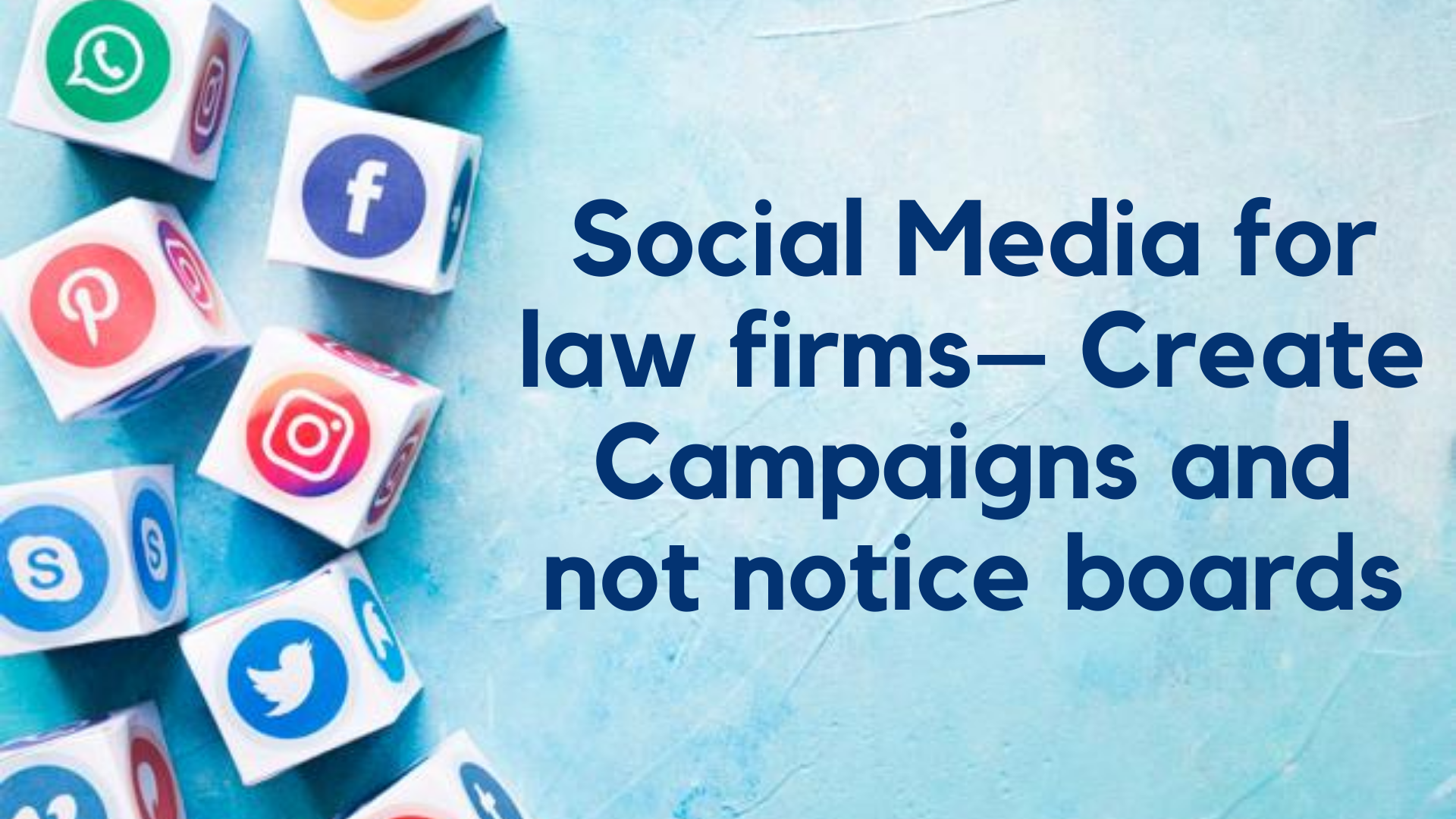Dispute resolution refers to the process of resolving conflicts or disputes between parties in a peaceful and constructive manner. It provides a structured approach to address disagreements and reach a mutually acceptable resolution. Disputes can arise in various contexts, including business, legal, interpersonal, or community matters. Effective dispute resolution techniques aim to promote fairness, facilitate communication, and prevent further escalation of conflicts. In this article, we will explore the different methods of dispute resolutions, their benefits, and their application in various scenarios.
Table of Contents
- Introduction: Understanding Dispute Resolution
- The Importance of Dispute Resolution
- Methods of Dispute Resolution
- 3.1 Mediation
- 3.2 Arbitration
- 3.3 Negotiation
- 3.4 Litigation
- Benefits of Dispute Resolution
- Applications of Dispute Resolution
- 5.1 Business and Commercial Disputes
- 5.2 Family and Divorce Matters
- 5.3 Employment Disputes
- 5.4 Community and Neighborhood Disputes
- Choosing the Right Dispute Resolution Method
- Conclusion
- FAQs (Frequently Asked Questions)
1. Introduction: Understanding Dispute Resolution
Disagreements and conflicts are an inevitable part of human interactions. Dispute resolutions provides a structured approach to address these conflicts and find a mutually agreeable solution. It involves the intervention of a neutral third party who facilitates the resolution process.
2. The Importance of Dispute Resolution
Dispute resolution plays a crucial role in maintaining harmony and promoting peaceful coexistence. It offers an alternative to prolonged legal battles and fosters a collaborative approach to conflict resolution. By providing a platform for open communication and negotiation, it helps parties find common ground and preserve relationships.
3. Methods of Dispute Resolution
3.1 Mediation
Mediation is a voluntary process where a neutral mediator assists the disputing parties in reaching a mutually acceptable agreement. The mediator facilitates communication, identifies underlying interests, and helps generate creative solutions. Mediation encourages active participation and empowers the parties to make informed decisions.
3.2 Arbitration
Arbitration involves the appointment of a neutral arbitrator or a panel of arbitrators who act as private judges. The arbitrator reviews the evidence, listens to arguments, and makes a binding decision. Arbitration offers a more formalized process than mediation but is still less adversarial and time-consuming than litigation.
3.3 Negotiation
Negotiation is a direct and informal method of dispute resolutions where the parties involved engage in discussions to resolve their differences. It allows for flexibility and encourages the parties to find a mutually beneficial solution through compromise and give-and-take. Negotiation can occur with or without the assistance of a third party.
3.4 Litigation
Litigation involves resolving disputes through the court system. It is a formal and adversarial process where parties present their case before a judge or jury, who then make a binding decision. Litigation tends to be more time-consuming, costly, and less private compared to other methods of dispute resolution.
4. Benefits of Dispute Resolution
Dispute resolution offers several benefits over traditional litigation. It promotes a collaborative approach, preserves relationships, and allows parties to maintain control over the outcome. Other benefits include cost-effectiveness, confidentiality, flexibility, and faster resolution compared to lengthy court proceedings.
5. Applications of Dispute Resolution
5.1 Business and Commercial Disputes
In the business world, disputes can arise between partners, shareholders, employees, or with clients and suppliers. Dispute resolutions methods such as mediation and arbitration are commonly employed to resolve contract disputes, disagreements over business strategies, or conflicts arising from mergers and acquisitions. By using these alternative methods, businesses can minimize disruptions, maintain confidentiality, and avoid the costs associated with litigation.
5.2 Family and Divorce Matters
Disputes within families, especially during divorce or separation, can be emotionally charged and complex. Dispute resolutions methods like mediation and collaborative law provide a platform for spouses or family members to discuss and negotiate issues such as child custody, division of assets, and financial support. These methods prioritize the well-being of all parties involved, particularly children, and aim to foster cooperative decision-making.
5.3 Employment Disputes
Workplace conflicts can be detrimental to both employees and organizations. Dispute resolutions techniques are utilized to address issues such as wrongful termination, discrimination, harassment, or disputes over contracts and benefits. Mediation and arbitration offer a confidential and efficient means of resolving employment disputes while preserving professional relationships and avoiding public litigation.
5.4 Community and Neighborhood Disputes
Disagreements can arise within communities or neighborhoods regarding noise, property boundaries, shared resources, or other matters. Community mediation and facilitated dialogue processes enable residents to voice their concerns, find common ground, and develop solutions that benefit the community as a whole. These methods promote understanding, cooperation, and a sense of collective responsibility.
6. Choosing the Right Dispute Resolution Method
Selecting the most appropriate dispute resolutions method depends on various factors, including the nature of the dispute, the level of conflict, the desired outcome, and the preferences of the involved parties. It is essential to consider the advantages and limitations of each method, seek professional advice if needed, and assess which approach aligns best with the specific circumstances. In some cases, a combination of methods may be utilized to achieve an optimal resolution.
7. Conclusion
Dispute resolution provides a valuable alternative to traditional litigation, allowing parties to resolve conflicts in a more efficient, collaborative, and cost-effective manner. Whether it’s in business, family, employment, or community settings, the use of mediation, arbitration, negotiation, or other methods empowers individuals and organizations to find mutually acceptable solutions, preserve relationships, and promote harmony. By embracing dispute-resolution practices, we can foster a culture of understanding, empathy, and constructive problem-solving.
FAQs (Frequently Asked Questions)
- What is the role of a mediator in dispute resolution? A mediator is a neutral third party who facilitates communication, assists in generating options, and guides the disputing parties toward a mutually acceptable resolution.
- Is the decision reached through arbitration legally binding? Yes, the decision reached through arbitration is generally legally binding and enforceable, similar to a court judgment.
- Can dispute resolution methods be used in international conflicts? Yes, dispute resolutions methods can be employed in international conflicts, providing a structured and diplomatic approach to resolve disputes between nations or organizations across borders.
- Is dispute resolution always successful in resolving conflicts? While dispute resolutions methods have a high success rate, the outcome depends on the parties’ willingness to engage in the process and find common ground. In some cases, further legal action may be necessary.
- How long does dispute resolution typically take? The duration of dispute resolutions varies depending on the complexity of the dispute, the chosen method, and the willingness of the parties to cooperate. It can range from a few weeks to several months

